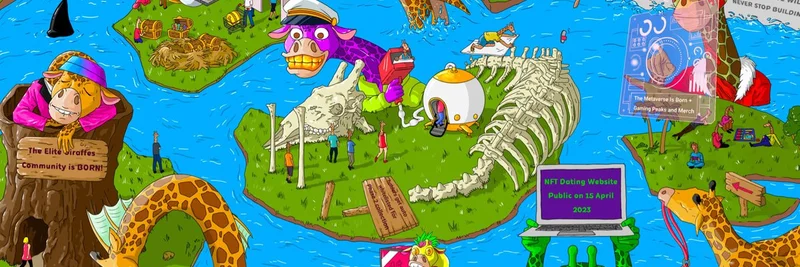Hey there, crypto enthusiasts! If you’ve been keeping an eye on the latest blockchain buzz, you might have stumbled across a fascinating thread from Greg Nazario (@Greg_Nazario). He recently shared some intriguing thoughts about multicast technology and its potential revival in the blockchain world, sparked by a post from DoubleZero about their new native multicast support. Let’s dive into what this means and why it’s got the crypto community talking!
What’s the Big Deal with Multicast?
For those new to the term, multicast is a way to send data to a group of devices at once, kind of like sending a group text instead of individual messages. In contrast, unicast is the one-to-one approach—think of it as a private chat. DoubleZero’s announcement highlights how multicast could revolutionize data transmission in decentralized systems, especially for high-performance blockchains like Solana. They’re tackling a classic problem: validators (the nodes that keep the blockchain running) need to share data quickly to agree on transactions, and the usual unicast method can get bogged down with too much back-and-forth.
Greg points out a key challenge with multicast on the internet—it’s often unreliable. Routers can drop these packets, and the tech itself dates back to the 1970s. This reliability issue is why, back in the Libra days (the blockchain project once led by Facebook), his team opted for unicast with the tools available at the time. It was the safer bet, even if it wasn’t the most efficient.
DoubleZero’s Game-Changing Move
So, what’s changed? DoubleZero is bringing multicast back into the spotlight with a twist. Their testnet release introduces native multicast support, designed to speed up block propagation and consensus syncing. Imagine validators sharing data in milliseconds instead of seconds—pretty cool, right? They’ve even included features like geography-aware routing and hardware-level packet handling, making it a step up from the old-school multicast struggles.
Greg seems impressed, calling it “pretty cool” and noting how this could be a game-changer for decentralized systems. The idea is to level the playing field, letting public blockchains match the efficiency of traditional finance (TradFi) infrastructure, which has used multicast for years in high-frequency trading.
Why It Matters for Meme Tokens and Beyond
Now, you might wonder, “What does this have to do with meme tokens?” Well, as someone who hangs out at meme-insider.com, you know the meme coin scene thrives on speed and community engagement. Faster data transmission could mean quicker transaction confirmations, which is a big deal for meme token traders looking to capitalize on hype. Plus, with teams in the Solana ecosystem already integrating this tech, we might see some wild new meme projects pop up!
The thread also sparked some chatter from folks like @Maven_apt and @jasper_padre, who agree that multicast sounded great on paper but was messy in practice—until now. They’re excited to see how Aptos-level infrastructure might revisit this idea, hinting at broader adoption across blockchains.
Looking Back at Libra, Looking Forward with DoubleZero
Greg’s nod to the Libra days is a neat callback. Libra’s pivot to unicast showed how practicality often trumps theory in blockchain development. But with DoubleZero’s innovations—like on-chain group configuration and permissions—this could be the moment multicast finally shines. It’s not just about speed; it’s about building a more secure and scalable foundation for the future.
If you’re a blockchain practitioner or just a curious meme coin fan, this is a tech shift worth watching. DoubleZero’s docs (https://t.co/un96nBpevF) and demo from @malbeclabs_cto are great places to dig deeper. What do you think—will multicast become the next big thing in crypto? Drop your thoughts in the comments, and let’s keep the conversation going!



